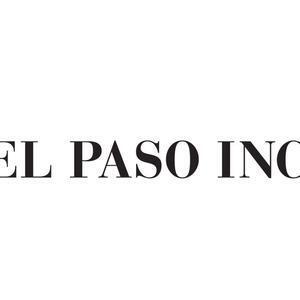- The Red Cross confirmed the sixth hostage exchange between Israel and Hamas was completed on Feb. 15. Hamas released three Israeli hostages taken during the Oct. 7, 2023, attacks, and Israel released 369 Palestinian prisoners as part of a multi-stage ceasefire plan.
- Concerns about the ceasefire remain, with Israeli Prime Minister Netanyahu’s far-right allies calling for the war to continue and President Trump’s controversial plan to take control of Gaza after removing Palestinians.
- So far, only 21 hostages and less than 750 prisoners have been released during the first stage of the plan.
Full Story
The Red Cross has confirmed that the sixth hostage exchange between Israel and Hamas was completed on Saturday, Feb. 15. The exchange comes after tensions between the two groups raised concerns that the ceasefire agreement was in jeopardy.
What happened during the latest exchange?
During the latest prisoner exchange, Hamas released three Israeli hostages who were taken during the Oct. 7, 2023, Hamas terror attacks against Israel.
In return for the three hostages, Israel released 369 Palestinian prisoners. These exchanges are part of a multi-stage ceasefire plan between the two groups. If the plan is fully implemented, Hamas will release all living hostages and the bodies of those who have died. Israel will release about 1,900 Palestinian prisoners.
Who are the prisoners?
The three hostages released were Argentinian-Israeli Iair Horn, 46, American-Israeli Sagui Dekel Chen, 36, and Russian-Israeli Alexander Troufanov, 29.
Armed Hamas militants made the three parade around a stage and speak to cameras before their release back to their families.
Despite the performative nature of the release, Israelis were more optimistic about the hostages’ health this time, compared to the hostage release on Feb. 8. During the last release, the three Israeli hostages looked sick and gaunt. This caused many in Israel to fear how the rest of the hostages were doing in captivity.
About 73 hostages remain in Gaza, according to NBC News. At least 35 of those hostages are dead.

Of the 369 Palestinian prisoners, 36 were serving life sentences for involvement in deadly attacks against Israelis. Only 12 of those prisoners will be released back to Palestine. The other 24 will be exiled abroad, according to Israeli officials.
Why have some said the ceasefire is in doubt?
Before the hostage release on Feb. 15, many said the ceasefire remained fragile and raised doubts Hamas would release more hostages.
Israeli Prime Minister Benjamin Netanyahu’s allies on the far-right have called for the war to continue in March, according to The Associated Press. They said the goal to destroy Hamas is still very much existent. However, Hamas may be unwilling to release any more hostages if the group believes the fighting will continue.
Another challenge is President Donald Trump. Trump recently said and then reiterated his plans for the United States to take control of Gaza after all Palestinians are kicked out of the area. Trump said he would turn the area into the “Riviera of the Middle East.”
The idea was overwhelmingly criticized and rejected by the Arab world, including close U.S. ally Saudi Arabia. Saudi officials said they would not normalize relations with Israel without a Palestinian state.
Netanyahu, however, loved the idea. During his most recent visit to the White House, he called the plan “the first fresh idea in years.”
What’s next in the ceasefire?
The first stage of the ceasefire deal was scheduled to end 42 days after the ceasefire began. That ends in just two weeks.
At this point, Hamas has not said if it plans to release any more hostages. Negotiations are still ongoing between all parties. Only 21 hostages and less than 750 prisoners have been released during the first stage of the ceasefire plan.















































































































































